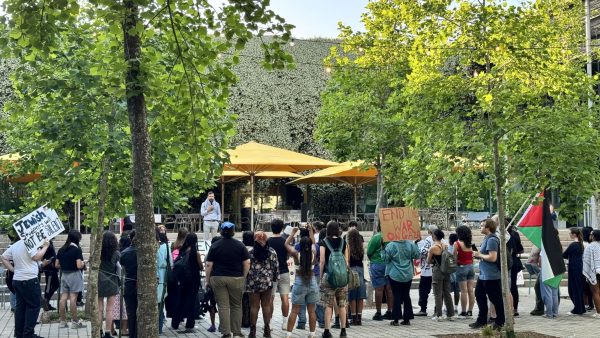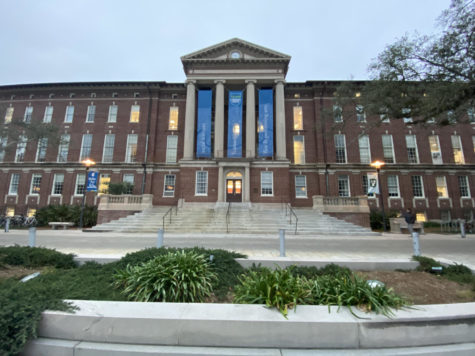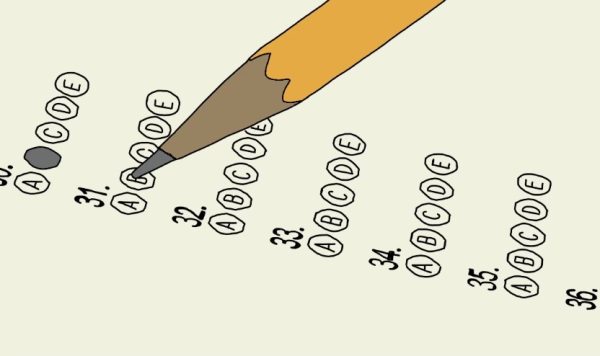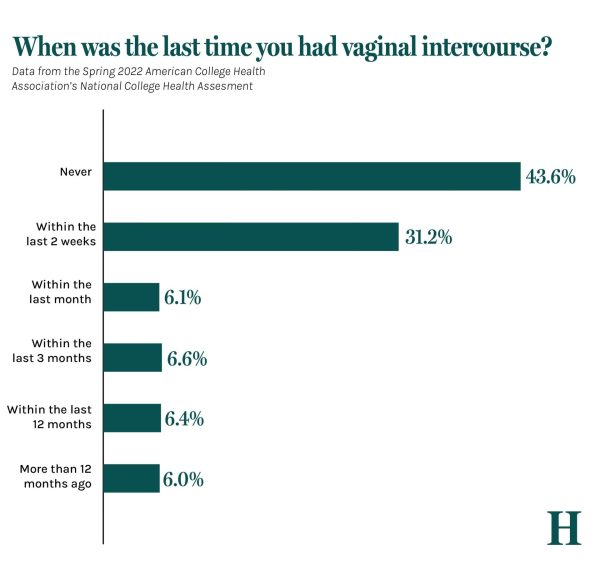Committee presents plans for university budget redesign at town hall
March 31, 2015
Representatives from Huron Consulting, the firm developing a budget model for Tulane, participated in a town hall forum with faculty, staff, and administration March 11 to describe the current state of the budget redesign process.
The process, which began in November, is expected to be completed by July 2016 for the 2016-17 fiscal year. The first stage of the process, “Due Diligence & Visioning,” was completed in March. This stage enumerated the “Guiding Principles” that the model being developed will seek to accomplish.
The town hall consisted of five people deeply involved in the process. There were three representatives from Huron working on the project. Yvette Jones, executive vice president for university relations and development, and Michael Bernstein, senior vice president for academic affairs and provost, represented Tulane at the town hall. Jones and Bernstein are the co-chairs of the Budget Redesign Committee.
President Fitts made brief introductory remarks about the university’s current fiscal situation and some of the broad strategic goals the committee is tasked with addressing. These goals included a renewed undergraduate experience and research goals for graduate programs, and two different task forces have been setup to study these. He then turned over the floor to the two co-chairs, who led the meeting.
The Huron representatives detailed four different types of budgets commonly used in university settings, and announced that the budget redesign committee has selected an “incentive-based” model from those four.
Huron Managing Director Andrew Laws said that the committee aims to implement the latest form of this model, as they believe it to be the most suitable for Tulane. The model is expected to reduce the financial strain on the university. The economic downturn led to widespread reform by other universities to alleviate projected budget deficits after 2007, including Cornell University, Syracuse University and the University of Virginia, which each adopted an incentive-based model.
Laws added that Tulane is reforming its budget relatively late. This is partially as a result of some budget decisions made post-Katrina. After the floodwaters receded, the Board of Tulane approved the renewal plan, which greatly centralized fiscal planning. This model allowed Tulane to reopen in the spring of 2006. This model, however, had some unintended consequences, including the development of a large operating deficit. The 2008 financial crisis also put strain on university resources.
An incentive-based model breaks the university into smaller components, each of which is generally responsible for its own revenues and expenditures. These components are academic units, though the committee has not decided what will comprise each of the units at Tulane.
There are certain administrative services that remain centralized. Those central services are funded by a “tax” on revenues each unit generates. In the latest models, this “tax” is between 15-20 percent. A presentation prepared by Huron and the Budget Redesign Committee states that the money collected by the “tax” is used to “subsidize colleges, fund strategic initiatives and support mission-related programs.”
The goal of this model is to incentivize academic units to maximize resources through a natural reward mechanism. Because each unit is essentially responsible for its own fiscal well-being, they are naturally inclined to cut costs, raise revenues and maximize efficient use of resources. The model is also designed to make budgets more predictable and to allow departments to have more control over their fiscal resources.
With the model selected, Huron and the committee are working to structure a budget ready to be implemented in July 2015. The structure of the model will be unique to Tulane’s goals, challenges and structure, but will define general features, such as academic units and how funds are to be recorded. The process will then move into defining specific rules, such as how much will be remitted to the central administration and how revenues or expenditures will be shared across academic units that may be working together. A survey is planned to be sent to the entire campus soon, asking how students, faculty and staff feel about certain budget issues.
The budget for the 2015-16 fiscal year will be used as a pilot to see if there are any rules that need to be adjusted. Barring any major upsets, a revised model with the knowledge gained will be implemented for the 2016-17 academic year.
Laws said the budget change is not designed to be a short-term fix, and noted that there are other initiatives in place to address the deficit in the short-term.
“This model will really aim to change the share of resources going to academics, and the incentives for resources to help us grow our institution over a four to 10-year period,” Laws said. “We likely won’t see an impact in one, two, maybe even three years.”





















Leave a Comment